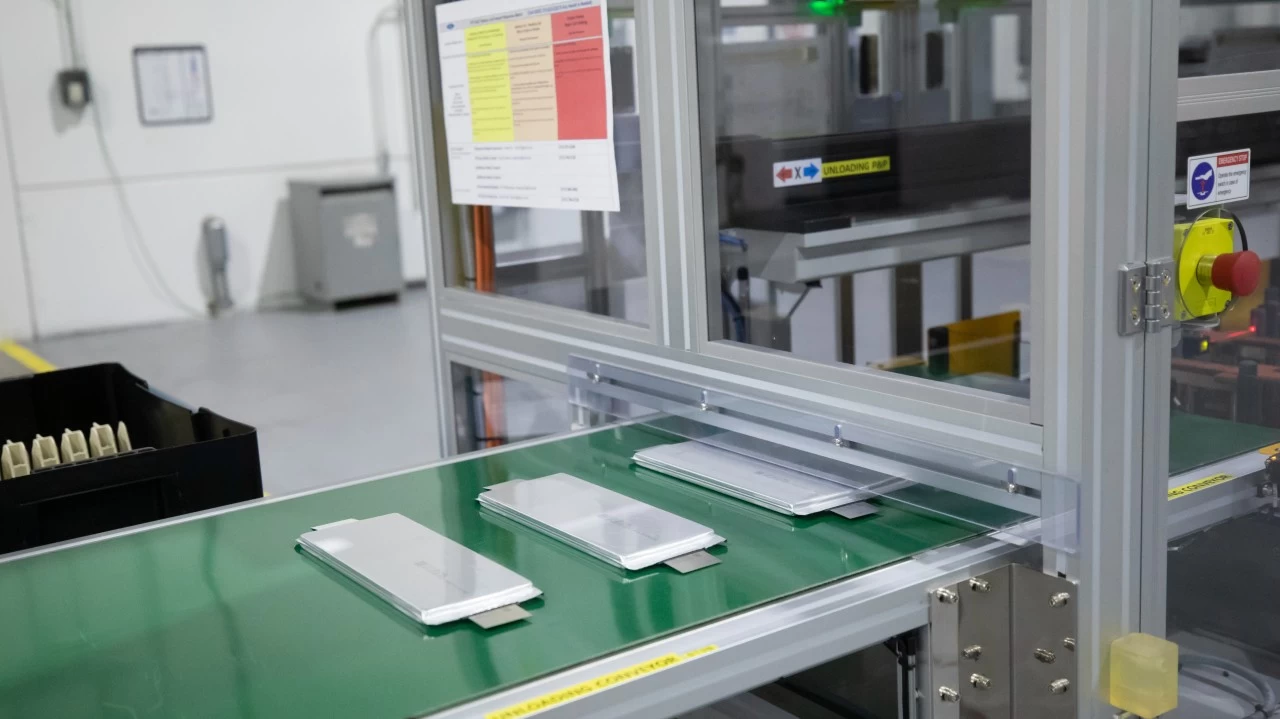Ford's New Battery Breakthrough: Safer, Cheaper, and Ready by 2030
Tags:

Ford is taking giant leaps forward in electric vehicle (EV) technology with the creation of lithium-manganese-rich (LMR) batteries. They have the potential for greater safety, greater energy density, and reduced costs, allowing Ford to put more efficient and cost-effective EVs on the road by the end of the decade.
What Makes LMR Batteries Unique?
LMR batteries use a more concentrated form of manganese, a low-cost and available element. Not only does the chemistry reduce the cost of production, but it also provides superior thermal stability, reducing the possibility of overheating—a frequent deficiency with some existing battery technologies. In addition, the batteries are designed to provide energy densities comparable to high-nickel equivalents.
OK, in plain English what that means is that these batteries will have up to 20% greater energy density than options currently available.
Ford's Commitment to Innovation.
Charles Poon, Ford's Electrified Propulsion Engineering Director, emphasized the company's dedication to the technology. He stated, "This isn't a lab test. We're working hard to scale LMR cell chemistry and integrate them into our next-generation vehicle line within this decade.".
Ford's own workers in Ion Park, Michigan, already produce second-generation LMR cells in a pilot manufacturing facility, which holds the promise of mass production.
Effects on the EV Market
The availability of LMR batteries has the potential to revolutionize the EV market fundamentally by making electric vehicles accessible to many individuals. Ford intends to reduce the use of expensive materials like cobalt and nickel, hoping to make EVs in general cheaper without ever sacrificing safety or performance.
Ford plans to deploy LMR batteries on the road in its fleet by 2030.
Looking for a used car in Dubai or new car deals? Explore YallaMotor’s verified listings today.
